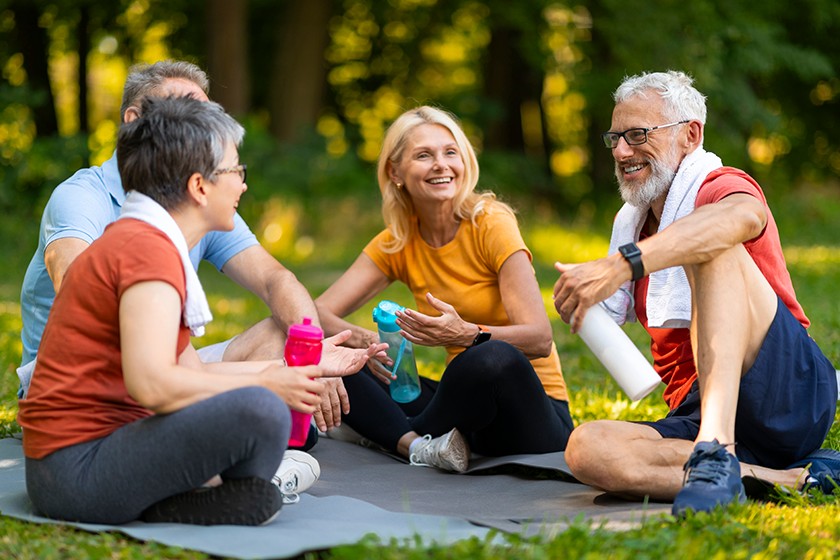The Value Of Active Living Lifestyle For Seniors

As individuals age, maintaining an active lifestyle becomes necessary for their overall well-being. Active living for seniors is not just about physical activity but also encompasses mental, social and emotional health.
No matter if it’s taking a walk in the park, joining a fitness class or engaging in community events, staying active in one's later years has a significant impact on quality of life. In this article, we’ll explore the importance of active living for seniors and how it contributes to healthier, happier aging.
Physical Health Benefits of Active Living
Regular physical activity is key for older adults as it directly influences various aspects of their health. Engaging in exercises like walking, swimming or light strength training helps maintain mobility, flexibility and balance. These are vital to preventing falls and injuries. Strengthening muscles and bones also reduces the risk of osteoporosis, arthritis and other age-related conditions.
Moreover, staying active can improve cardiovascular health, lower blood pressure and help manage chronic conditions such as diabetes. Residents can feel stronger, more energized and capable of maintaining independence by incorporating moderate exercise into daily routines.
Mental Health and Cognitive Benefits
Active living for seniors not only promotes physical health but also plays a pivotal role in mental well-being. Regular physical activity has been linked to improved mood and a reduction in symptoms of depression and anxiety. Exercise triggers the release of endorphins, the body’s natural mood elevators, which can significantly uplift spirits.
Moreover, staying active can enhance cognitive function, reducing the risk of mental decline and conditions like Alzheimer's disease. Social activities, such as joining group fitness classes or participating in community events, also provide cognitive stimulation and opportunities for social interaction, which are key to keeping the mind sharp and engaged.
Social Engagement and Building Connections
Social interaction is a key aspect of active living for seniors. Participating in physical activities or community events allows older adults to meet new people, make friends and build a supportive network. Isolation can lead to loneliness and depression, common challenges for older adults. Staying active helps residents improve their physical and mental health while staying connected, which is vital for emotional well-being. Whether through group walks, hobby clubs or volunteering, an active lifestyle fosters a sense of belonging and purpose.
Maintaining Independence and Improving Quality of Life
One of the greatest benefits of an active lifestyle is maintaining independence. Those who stay physically active are more likely to handle daily tasks on their own, boosting confidence and providing a sense of accomplishment. Increased energy, better sleep and improved health also contribute to a higher quality of life. Staying active allows individuals to continue doing what they love, from traveling to spending time with family, leading to a more fulfilling life in their later years.
Active living plays a key role in promoting both physical health and mental vitality for residents. By participating in regular physical activities, stimulating mental exercises and maintaining social connections, older adults can enjoy improved quality of life and greater longevity. Retirement communities offer an ideal setting, services and amenities for those seeking a supportive environment to live healthier and more fulfilling lives during their golden years.
